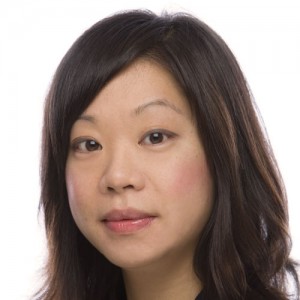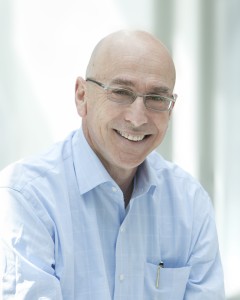Every six weeks, MaRS Innovation’s marketing and communications manager writes a guest post for the MaRS Discovery District blog profiling MI’s activities or one of our start-up companies. You can read the original post on the MaRS blog.
Created in 2008, MaRS Innovation (MI) bridges the chasm between the early-stage technologies emerging from its 16 member institutions and successful startup companies and licensable technologies.
By offering early-stage funding in tandem with hands-on management, business development, mentorship and intellectual property protection strategy, MI acts as a commercialization agent for its members and researchers.
 Earlier this year, the Networks of Centres of Excellence of Canada awarded MI $14.95 million to continue its mandate as a Centre of Excellence for Commercialization and Research (CECR), matched by $25 million from membership fees and private sector investments.
Earlier this year, the Networks of Centres of Excellence of Canada awarded MI $14.95 million to continue its mandate as a Centre of Excellence for Commercialization and Research (CECR), matched by $25 million from membership fees and private sector investments.
So what does that success mean for MI’s ability to serve the needs of academic entrepreneurs based in Toronto?
More than just money
Beyond the obvious financial benefits to extending MI’s early-stage technology development funding and seed capital for Toronto’s academic entrepreneurs, commercialization experience is becoming an increasingly important accomplishment for academic curriculum vitaes.
The research grant environment is shifting all the time; establishing a track record in securing commercialization grants is increasingly desirable, particularly for graduate students and faculty seeking tenure-track positions. Making an invention disclosure to MI is an excellent way to start gaining this kind of experience.

Researchers working with MI expand their connections with industry and government, but also with colleagues doing similar work at other institutions in Toronto—particularly colleagues in complementary fields who they might not otherwise meet.
“The Bio Printer project is a great example,” says Fanny Sie, project manager on the MI physical sciences team. “It’s a collaboration between University of Toronto and Sunnybrook Health Sciences Centre that came to us as two independent, seemingly unrelated inventions in separate disciplines. But the clinical endpoints overlapped, so we introduced the researchers and bundled their technologies. They are now collaborating to co-develop the intellectual property.”
MI’s financial model makes sound business sense

With the extension in place, achieving financial sustainability becomes MI’s goal.
“Early-stage technologies may not be market ready, but collaborating with MI can make them ready to find industry receptors,” says Raphael Hofstein, president and CEO of MI. “Our success in finding the projects most suited to industry will ultimately determine our ability to become financially sustainable.”
Deal flow momentum is building across MI’s portfolio
The strength of that business model stems in large part from the versatility of MI’s portfolio.
“We’ve formed a solid balance of life sciences, ICT and physical sciences,” says Raphael. “The technologies also vary from early to mid to late stage, which mitigates maturation risks.”
To keep the deals flowing, MI recently hired three analysts to add further sophistication and capacity to disclosure assessments for both life sciences and physical sciences projects.
“It’s becoming trendy to look for suitable projects at successively earlier stages,” notes Hofstein. “With the extension behind us, we must proactively reach out to researchers and identify the crucial technologies.”
MI’s foundational partnerships are formidable
From its earliest days, MI was conceptualized as an agent of its members: the strength of its portfolio reflects the strength of the billion-dollar pipeline MI can access thanks to its foundational partnerships with its members.
This strength was acknowledged and recognized both in 2008 through the original CECR proposal and again in 2013 with MI’s extension.
The message is clear: Toronto’s academic entrepreneurs are stronger working together than we are alone.
By Elizabeth Monier-Williams, marketing and communications manager.

